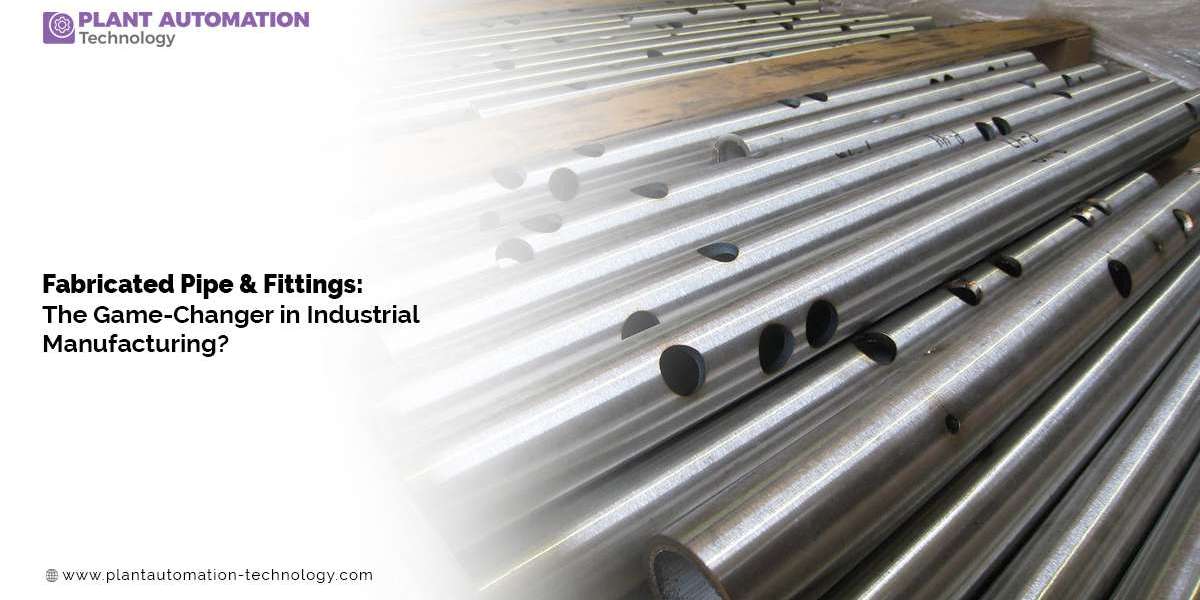Fabricated pipe and fittings have emerged as transformative elements in industrial manufacturing, revolutionizing processes across various sectors. This article delves into the game-changing aspects of fabricated pipe and fittings, exploring their significance, advancements, applications, benefits, challenges, and prospects in industrial manufacturing.
I. The Rise of Fabricated Pipe & Fittings
Fabricated pipe and fittings represent a significant departure from traditional methods of pipe installation. Unlike standard pipes that require extensive welding and customization on-site, fabricated pipes come prefabricated with fittings, joints, and connections tailored to specific project requirements. This prefabrication process occurs in controlled environments, ensuring precision, quality, and efficiency.
II. Advancements Driving Innovation
Several advancements have fueled the evolution of fabricated pipe and fittings. Modern fabrication techniques leverage cutting-edge technologies such as computer-aided design (CAD), computer-aided manufacturing (CAM), and 3D printing. These technologies enable intricate designs, accurate measurements, and rapid production cycles, enhancing overall productivity and reducing lead times.
III. Applications across Industries
Fabricated pipe and fittings find widespread applications across diverse industries, including:
Oil and Gas: In oil refineries and pipelines, fabricated pipes ensure leak-proof and corrosion-resistant installations, improving operational reliability and safety.
Chemical Processing: Fabricated fittings with specialized coatings and materials enhance chemical resistance, making them ideal for corrosive environments.
Water Treatment: Prefabricated pipes and fittings streamline water treatment plant installations, reducing construction time and optimizing system performance.
IV. Benefits of Fabricated Pipe & Fittings
The adoption of fabricated pipe and fittings brings numerous benefits to industrial manufacturing:
Cost-Efficiency: Prefabricated solutions reduce on-site labor costs, material wastage, and installation time, leading to overall cost savings.
Quality Assurance: Controlled fabrication environments ensure consistent quality, dimensional accuracy, and compliance with industry standards, minimizing defects and rework.
V. Challenges and Considerations
Despite their advantages, fabricated pipe and fittings face certain challenges and considerations:
Initial Investment: The upfront cost of prefabricated solutions and specialized equipment may pose financial challenges for some companies.
Design Complexity: Intricate designs and customizations require skilled engineering expertise and meticulous planning to ensure optimal performance.
VI. Future Trends and Innovations
The future of fabricated pipe and fittings in industrial manufacturing is characterized by ongoing innovation and technological advancements:
Smart Fabrication: Integration of IoT sensors and monitoring systems into fabricated components for real-time performance tracking and predictive maintenance.
Advanced Materials: Development of novel materials with enhanced durability, sustainability, and performance characteristics for fabricated pipe solutions.







